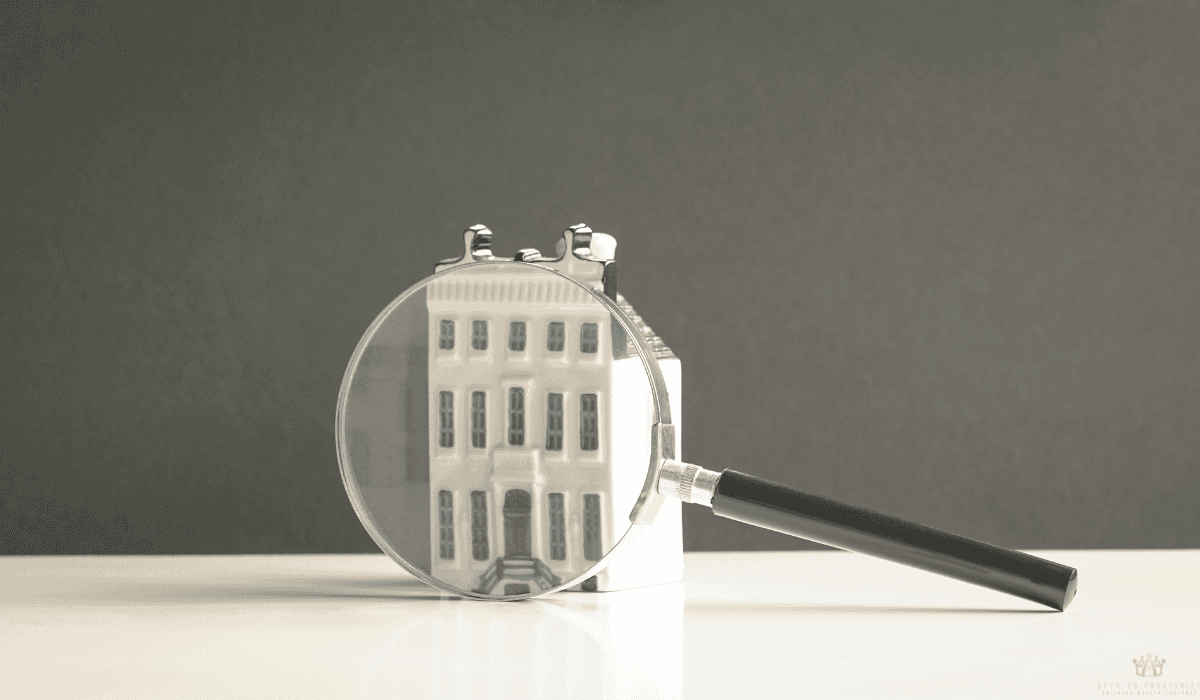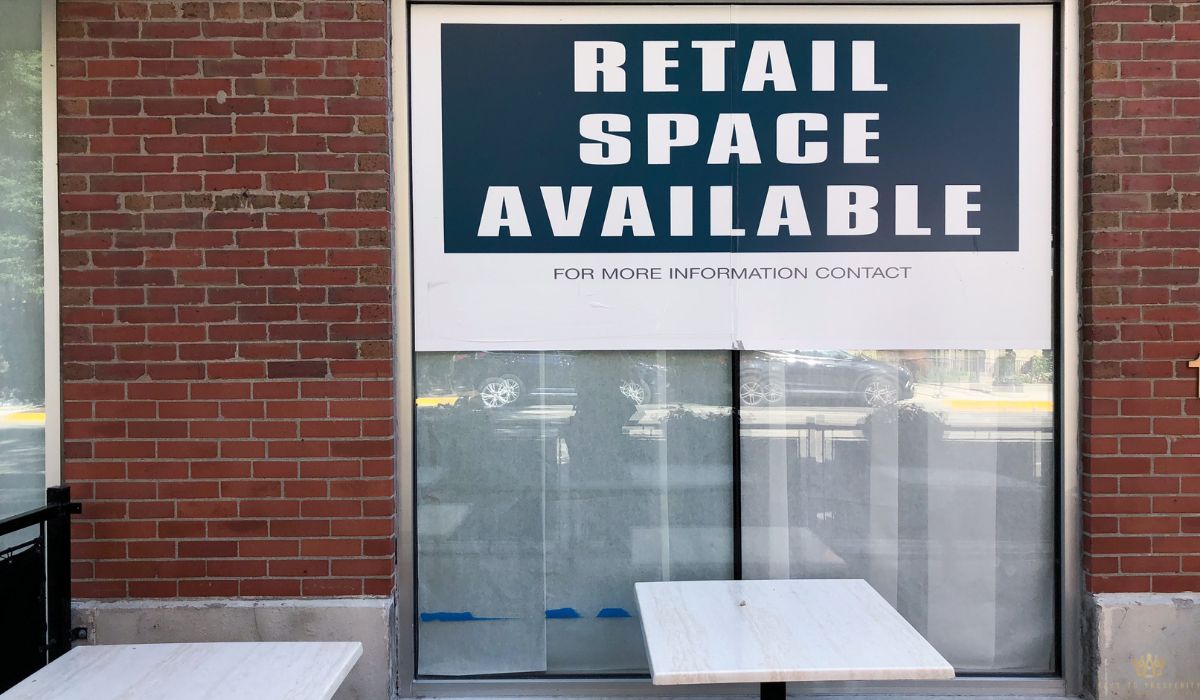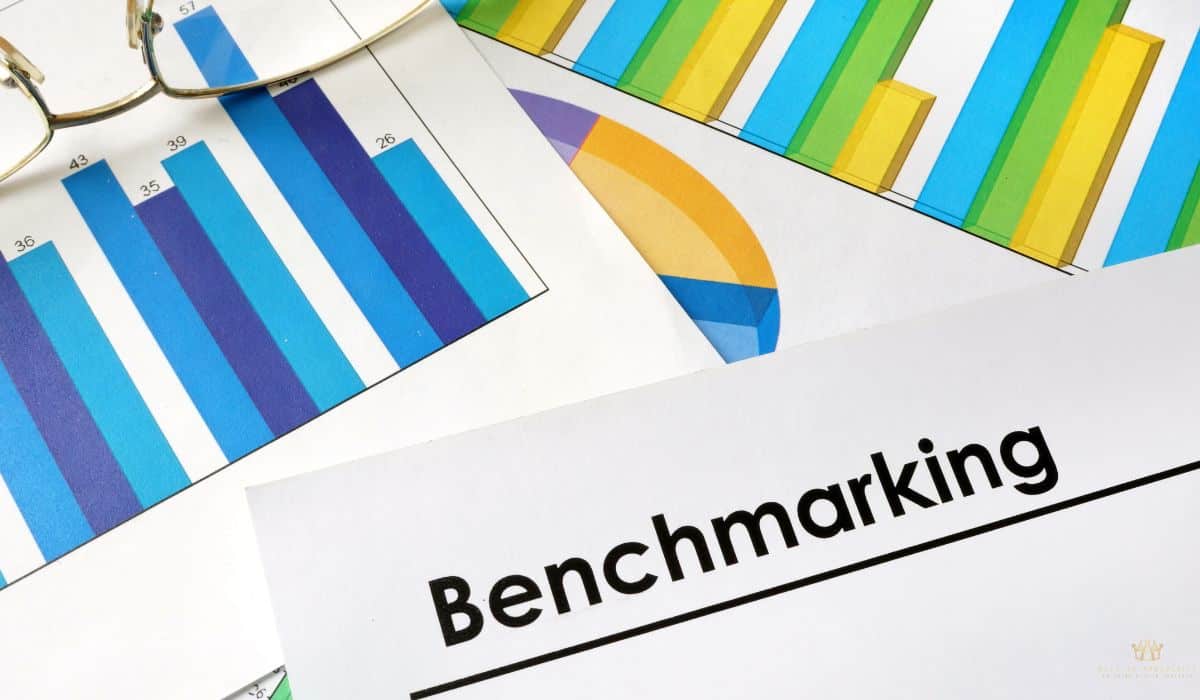
Good news for investors! Despite recent events, the commercial property market looks unfazed, with price indices climbing nearly 5% in the last year.
Things are indeed looking up for investors hoping to have great returns in today’s climate.
From our experience, these opportunities often fly under the radar of mainstream investors. Learning how to about value-add commercial properties can be your competitive edge in this recovering market.
This guide equips you with practical assessment tools and strategies to spot underperforming assets with strong upside potential. Commercial real estate investors who master these techniques consistently outperform market averages and protect their portfolios during downturns.
This article walks through the practical steps to spot these opportunities, analyze them with confidence, and build a game plan that adds real, measurable value.
Our previous article on value-add renovation planning in commercial real estate covered execution details, while this guide focuses on identification and selection.
After mastering these concepts, you might want to explore our upcoming piece on adaptive reuse strategy for commercial buildings for specialized applications. Both complement our comprehensive value-add commercial real estate strategy resources perfectly.
Ready to spot diamonds in the rough? Let’s go!
Short Summary
- Learned how to identify value-add commercial properties through location analysis, market cycles, and rent potential.
- Key signs include: below-market rents, deferred maintenance, and operational inefficiencies.
- Different property types like retail space, office buildings, shopping centers, and apartment buildings often hold the most value-add potential.
- Effective strategies include creating a solid proposed business plan, hiring experienced contractors, optimizing property operations, and having a smart exit strategy.
- Risk management and financial modeling are essential to maximize cash flow and net operating income.
- Targeting the right property in the right local real estate market makes a huge difference in value-add investments.
Uncovering Value-Add Opportunities In The Commercial Real Estate Market
No, it isn’t luck. Spotting real opportunity in commercial real estate, I mean. It’s more about paying attention to the right signals. Learning how to identify value-add commercial properties starts with knowing where and how to look.
The good news is, patterns usually reveal themselves when we dig into the right data. Here’s how we break it down:
How To Analyze Local Real Estate Market Conditions With Thorough Market Research
Start with thorough market research in your local real estate market. We typically zero in on submarkets just outside major metro areas. You know, places where there’s growth but still room for improvement.
Let’s say you’re tracking a neighborhood where cap rates have compressed, but older commercial properties are still priced well below market value. That’s a green flag for us. Another strong signal is when surrounding residential demand starts to rise.
Use public data, local planning department updates, and broker conversations to assess market conditions.
Key Market Trends And Market Cycles That Create Value-Add Opportunities
Market trends tied to tech job growth or warehouse demand, for example, can hint at the next value pocket. Timing is also huge. Mid-recovery market cycles often open the door for value add opportunities before prices climb too high.
Population Growth Indicators And Rental Trends That Signal Potential for Appreciation
Areas with steady population growth and rising rental trends tend to support long-term appreciation. For example, when net migration reports and school enrollments increase year-over-year, we know demand’s coming.
On the rental side, if Class B properties are seeing rent bumps while Class A stays flat, there’s opportunity to improve and reposition assets.
Identifying Properties With Below Market Rents And Potential For Rent Increases
Look for below market rents. It’s one of the clearest signs a property’s underperforming. We once ran numbers on a small apartment building that was 20% under current street rents. With light property improvements, it became a solid value add within 18 months.
Check lease structures, expiration timing, and tenant mix to see where there’s room to consistently raise rents.

Different Commercial Property Types with Highest Value-Add Potential
In our experience, these have the most value add potential:
- Retail space near changing neighborhoods
- Office buildings with outdated interiors
- Shopping centers anchored by underutilized parking lots
- Apartment buildings with aging systems but solid bones
Each of these asset types can benefit from physical improvements, tighter property operations, and better cash flow planning.
This kind of targeting gives us the edge in commercial real estate investing. Fewer surprises, more upside.
How To Identify Value-Add Commercial Properties: Key Assessment Criteria
Once we’ve pinpointed the right submarket, the next step is understanding what makes a property ripe for improvement. The key is spotting hidden potential others might miss. These are the main areas we evaluate to determine if a value add commercial asset is worth the effort.
Physical Improvement Opportunities That Can Increase Property Value
Many commercial properties suffer from neglect. Not major structural issues, just stuff like outdated finishes or deferred maintenance. These are some of the easiest wins when increasing property value.
- Worn flooring, old lighting, or dated lobbies in office buildings.
- Common areas in apartment buildings with peeling paint and no functional amenities.
- Exterior facades on shopping centers that haven’t seen love since the 1990s.
In one case, a basic renovation plan for a tired retail space brought in new tenants and bumped up rental income within six months.
Operational Inefficiencies To Look For
Some commercial real estate owners just aren’t running their properties efficiently. That’s where opportunity lives. When operating costs are too high or property operations are sloppy, there’s room to tighten things up.
Watch for:
- Excessive operating expenses (poor vendor contracts, energy inefficiencies).
- Vacancies due to weak marketing or delayed maintenance.
- No tenant retention strategy.
We reviewed one property where maintenance staff schedules were overlapping daily. With a minor shift in team structure, we cut costs and improved tenant response times.
Financial Indicators Of Value-Add Potential
A solid cash flow analysis and a close look at net operating income will tell you if the numbers support a value add investment strategy.
What we usually check:
- Does rental income lag behind comps?
- Are expenses eating into the NOI?
- Can we boost cash flow through better management strategies?
If the current returns are weak but there’s clear upside after property improvements, that’s when things get interesting.
Tenant Situation Assessment
Tenant turnover isn’t always bad. Sometimes, it opens doors.
We look at:
- High vacancy rates in otherwise stable submarkets.
- Upcoming lease expirations that allow re-tenanting at higher rents.
- Month-to-month tenants who create flexibility.
For example: A property had a 40% vacancy, but demand in the area was growing fast. A smart repositioning brought it up to full occupancy within a year.

Location Factors And Building Evaluation Criteria
Last but not least, location still matters. But it’s not just about ZIP code. Details make the difference.
We look for:
- Building age and whether it’s been modernized recently.
- General condition and any red flags with structural elements.
- Building codes compliance, especially in older construction.
A property might look great on the surface, but if it needs major upgrades to pass inspection or meet ADA standards, it could stall your plan. Smart real estate investors know to dig deeper here.
Evaluating all these factors with thorough due diligence helps ensure that each commercial real estate investment we make has strong upside and limited downside.
Implementing Your Value-Add Investment Strategies
Once a solid opportunity is identified, the next step is execution. That’s where your plan either thrives or falls flat. A strong value add commercial real estate strategy is all about timing, smart budgeting, and having the right team in place to carry it through.
Creating a Proposed Business Plan With Realistic Timelines for Improvements
A successful strategy starts with a detailed improvement plan. Break everything down: costs, phases, expected returns.
- Outline the scope of property improvements, from cosmetic upgrades to structural work.
- Set milestone-based timelines so you’re not left guessing.
- Factor in delays from permitting or material lead times.
For instance, a plan to renovate a small office building over six months ran eight weeks behind because a HVAC supplier pushed delivery. Padding your timeline, therefore, is a good idea. It gives breathing room.
Risk Management Approaches And Financial Modeling For Value-Add Investments
Every value-add investment carries risk. But those risks shrink with proactive planning and detailed financial modeling.
- Run best-case, expected, and worst-case scenarios.
- Include sensitivity analysis: what if rents rise slower than expected?
- Plan for higher operating costs during the renovation period.
In one project model, a 10% buffer on renovation costs kept things steady when labor rates jumped unexpectedly. That foresight avoided cash flow strain.
Strategies To Optimize Property Operations And Consistently Raise Rents
- Once improvements begin, optimize everything you can.
- Cut waste in utilities, maintenance, or admin costs.
- Automate leasing workflows or tenant communication.
- Offer value-based upgrades that justify rent increases.
In one apartment building, upgraded in-unit laundry led to $75/month increases per unit, and tenants were happy to pay for it.

Working With Experienced Contractors To Implement Significant Improvements
Skilled contractors make all the difference. Unreliable ones? Total headache.
- Vet their experience with commercial properties.
- Ask for before-and-after project photos.
- Always verify license, insurance, and references.
Working with a team that understands your property improvement goals keeps things on time and within budget.
Exit Strategy Development To Maximize Return On Investment
- You should know how you’ll exit before you even begin.
- Decide between selling, refinancing, or holding for cash flow.
- Track market signals that influence timing.
- Build flexibility into your plan.
For example, holding a shopping center longer than planned gave time for lease-ups that added millions to the resale value.
Balancing Opportunistic Investments With Financial Risks
It’s tempting to jump at aggressive plays, but discipline pays off.
- Focus on risk-adjusted returns, not just projected upside.
- Avoid overleveraging on speculative deals.
- Stay honest about your team’s capacity and timeline.
A calculated value-add investment doesn’t mean playing it safe; it means playing it smart.
Final Thoughts
Getting into value-add commercial real estate doesn’t have to be complicated. It just takes solid research, smart planning, and a team that knows how to spot and unlock hidden potential.
We’ve walked through how to identify the right properties, assess key indicators, and build a plan that actually works. Now it’s your move. Take what you’ve learned, start small if needed, and keep the momentum going. If you’re looking for more hands-on tips or ready to take the next step, swing by our homepage and see how we can help you build your strategy.
Frequently Asked Questions
What Makes A Commercial Property A Good Value-Add Opportunity?
A good value-add commercial property often shows signs like deferred maintenance, outdated interiors, or inefficient operations. These properties offer room to improve performance and increase property value through targeted upgrades.
How Can I Tell If Rents Are Below Market Value?
Start by researching rental income trends in the surrounding area using local comps and current lease rates. If similar properties are charging more for similar space, there’s a strong case for increasing rents after improvements.
What’s The Typical Timeline For A Value-Add Project?
Timelines vary, but most value-add renovation planning in commercial real estate takes anywhere from 6 to 24 months. It depends on the extent of physical improvements and how quickly tenants or operations can be optimized.
Is It Risky To Invest In Value-Add Commercial Real Estate?
There are always financial risks, especially if market conditions change or costs run high. But with thorough market research, a sound plan, and risk management strategies, many investors find this a profitable approach.






